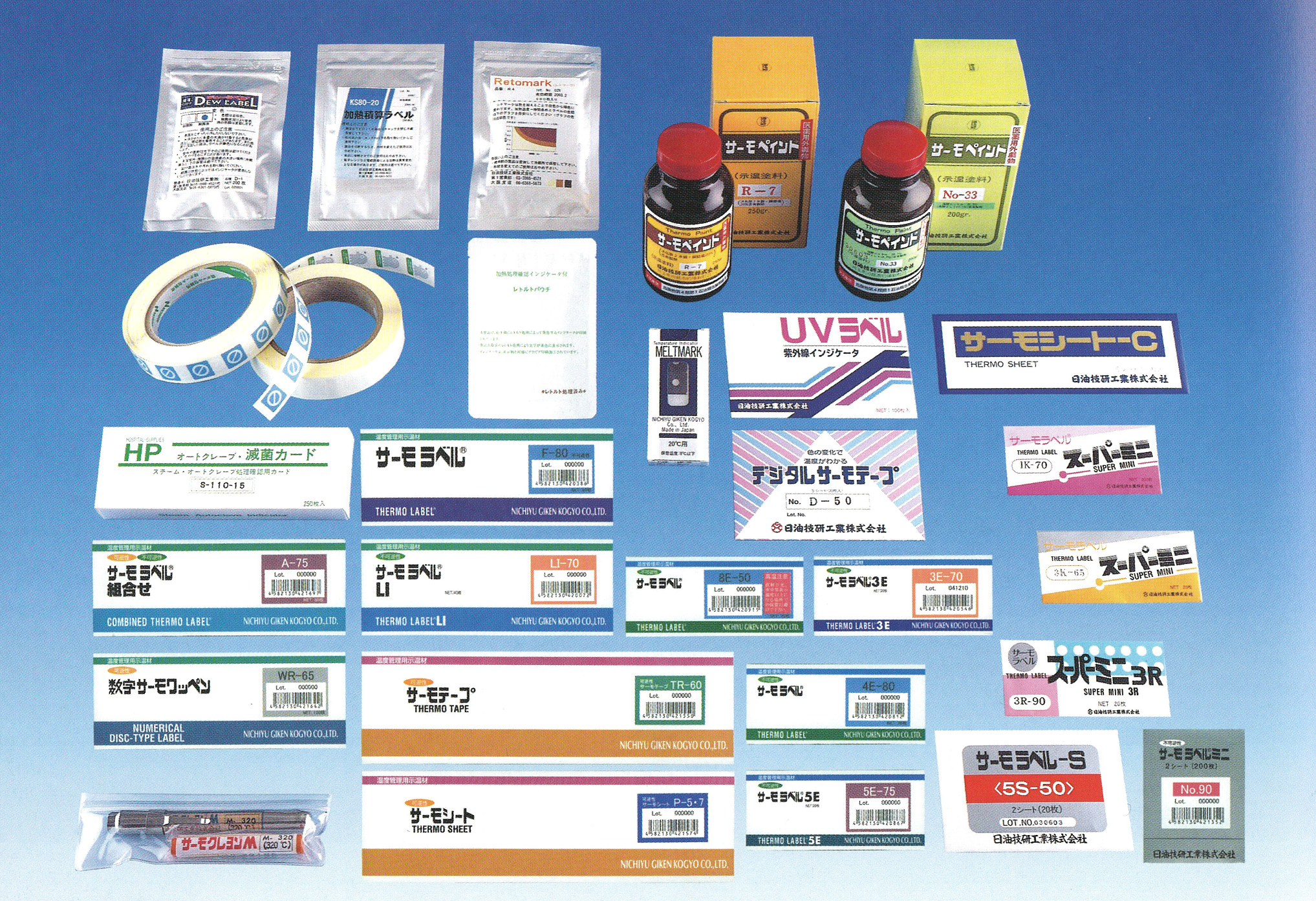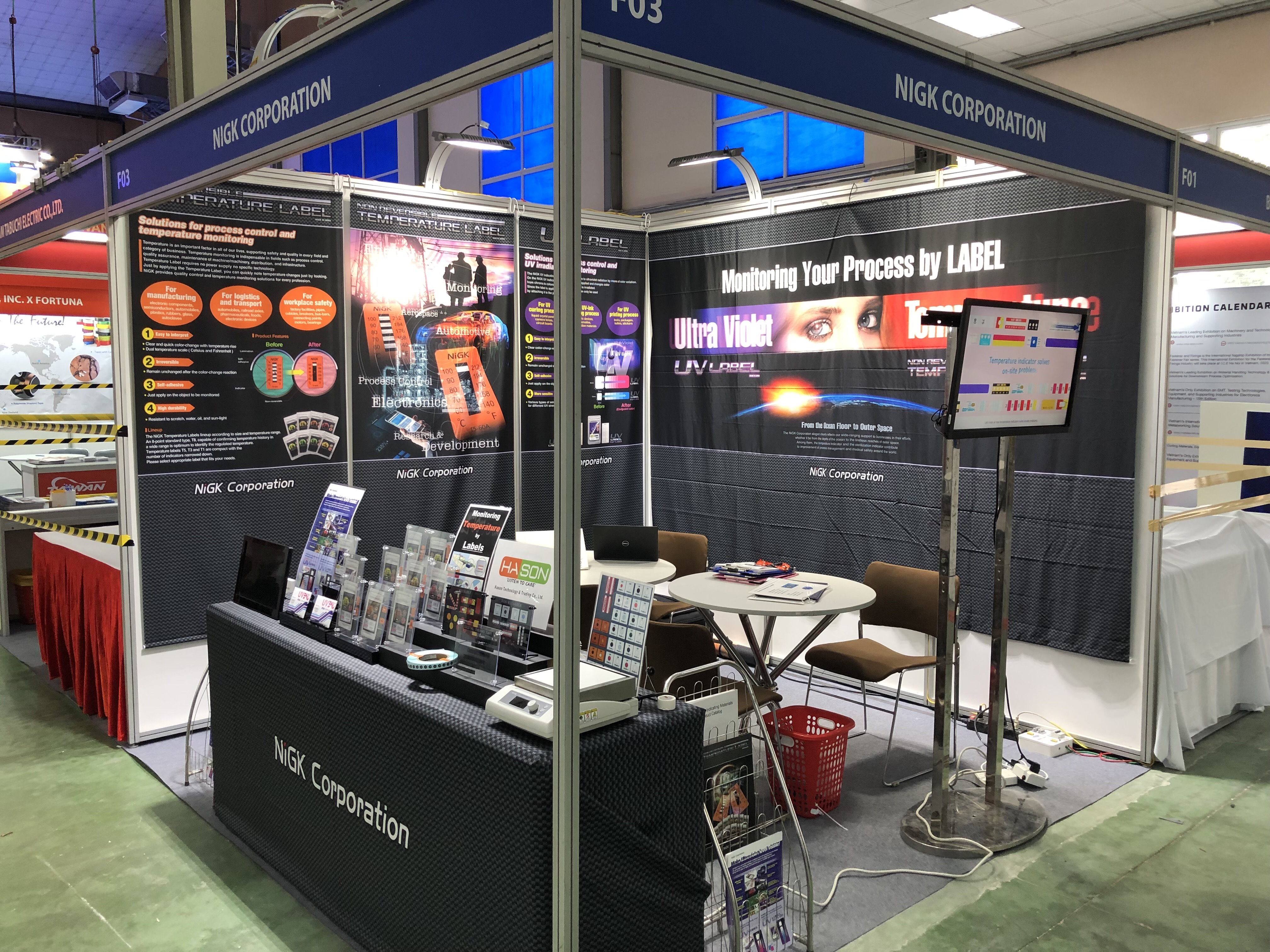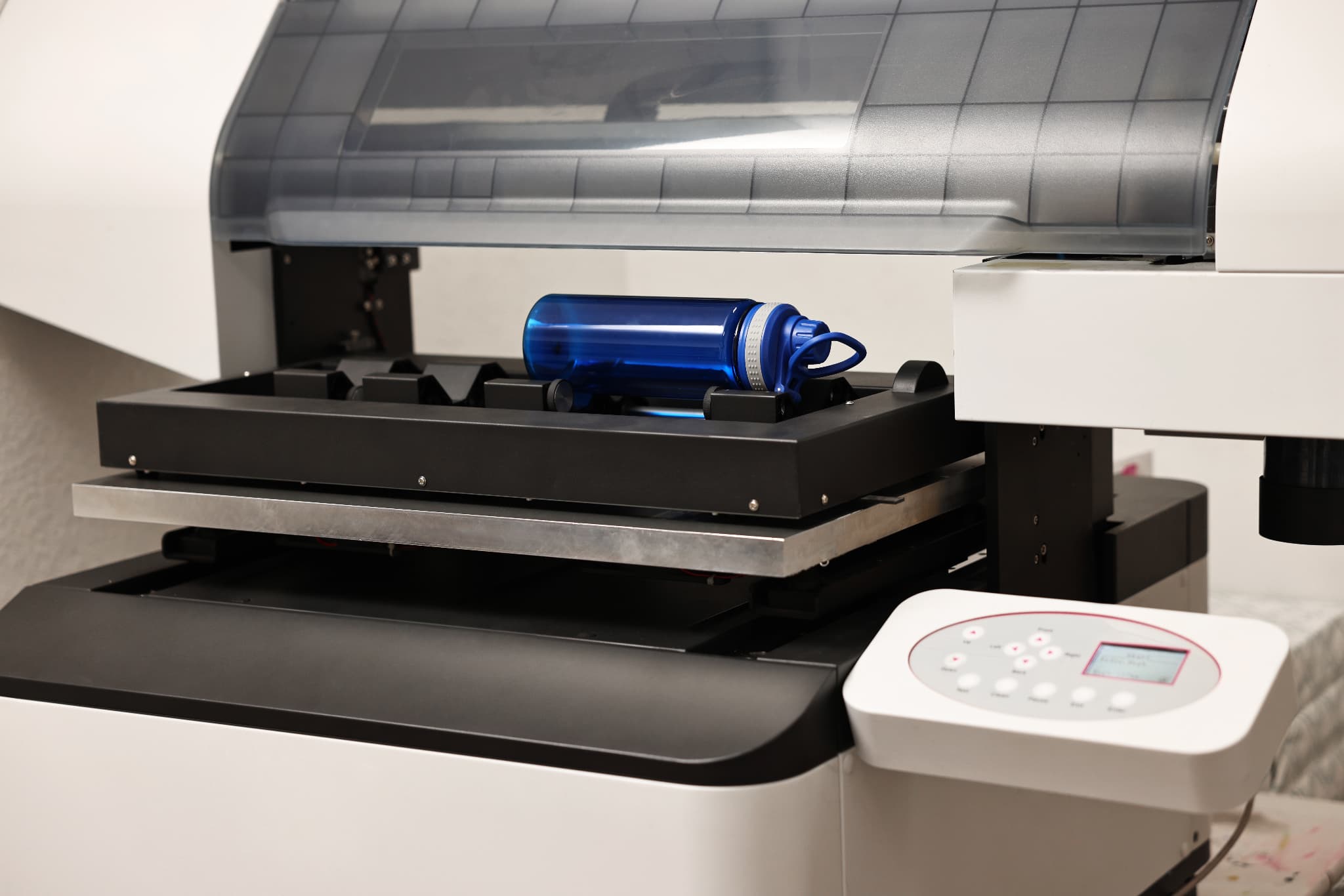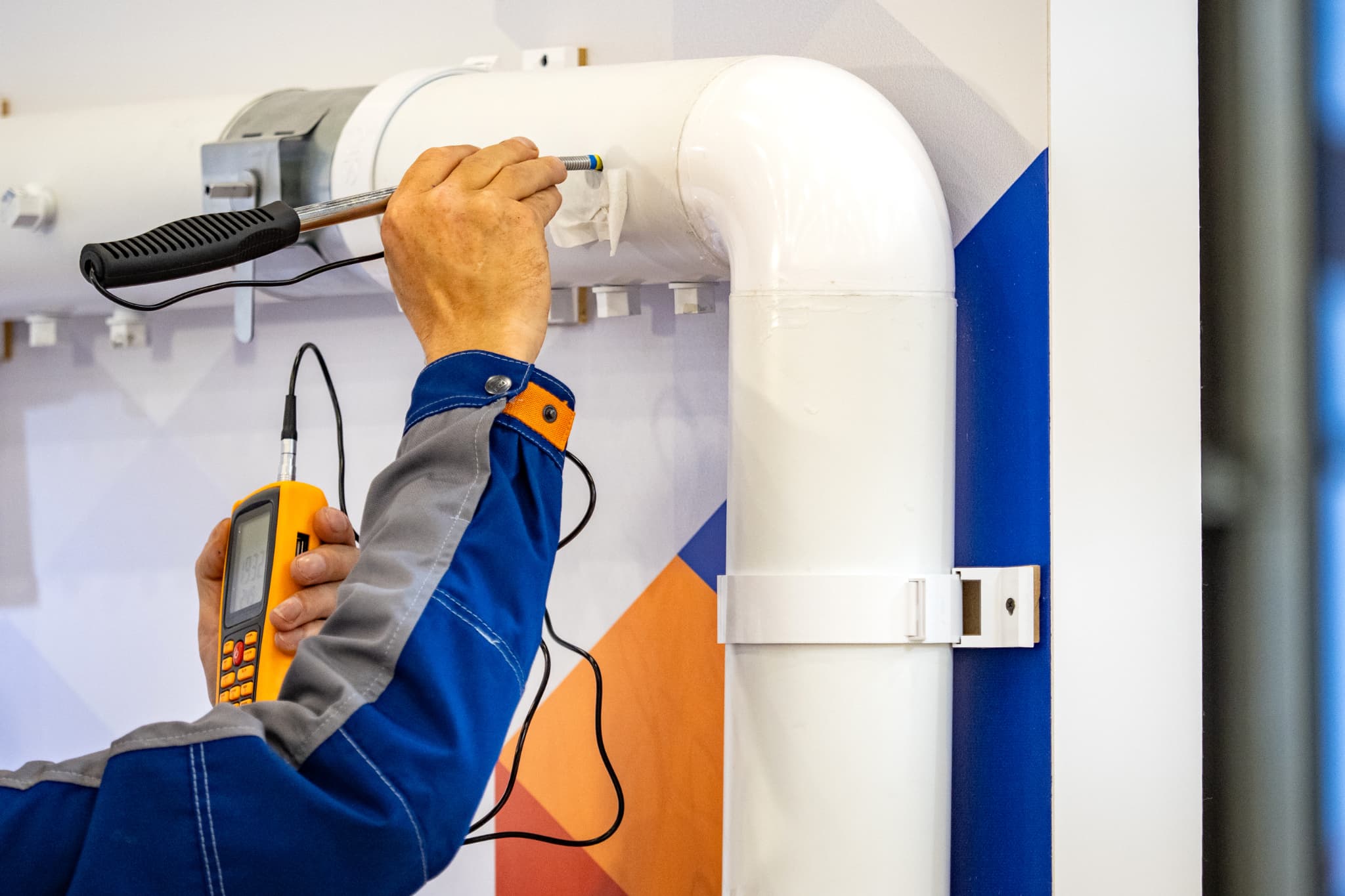
Topics 2 – Types of Chemical Indicators (Type 3-6) –
The six main types of Chemical Indicators used in sterilization processes at medical institutes are listed below.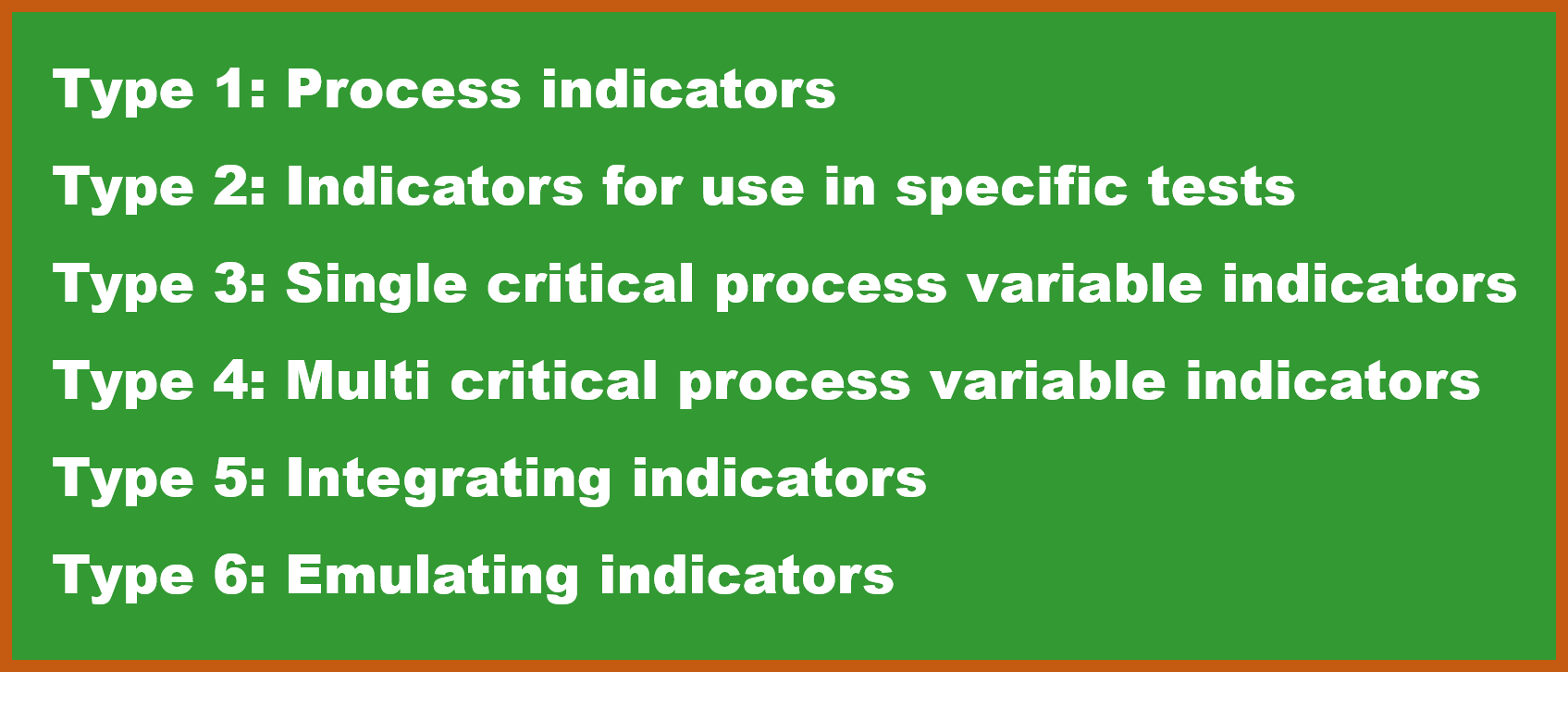
We introduced Type 1 in the last issue, and this time, we’ll be telling you about Types 3 – 6 (Type 2 is different in nature, and we’ll leave it till last.)
Type 1 is an indicator for the exterior of packages that makes it possible to distinguish whether or not items have been sterilized at a glance.
Conversely, types 3 – 6 are known as indicators for package interiors.
Why do you think these indicators are used in the interior of packages?
This is because of the properties of sterilized packaging materials.
Sterilized items (Items such as sterilized medical devices including RMD (Reusable Medical Devices)) are put into hermetically sealed packaging so that they will remain aseptic after sterilization.
While such packaging materials must have aseptic barrier properties that make them impervious to the penetration of germs, on the other hand they must also have air permeability that allows permeation of sterilizers (e.g., Steam, ethylene oxide gas), two seemingly contradictory properties.
At the same time as being air permeable, packaging materials must not be so porous that germs can penetrate. This perfect balance is achieved by material called “sterilization paper” that come in forms such as film-paper types that feature special functions (we’ll talk more about this later).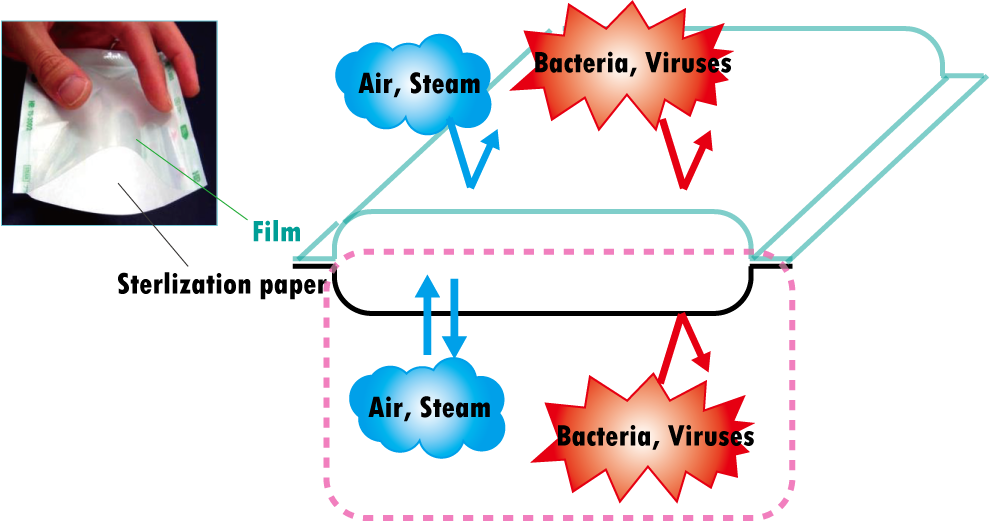
Sterilizers (e.g., Steam, ethylene oxide gas) need to be able to permeate this special packaging material and reach the content of the package.
Because a certain load is produced during permeation, it is more difficult for the sterilizer to permeate the interior of the packaging than the exterior. Strictly speaking, it is impossible for the exterior and interior of sterilized packages to be in the same state.
Therefore, the indicator that confirms whether the sterilized item meets the prescribed sterilization criteria must be “close to the sterilized item,” in other words, the interior of the package.
There are four types of indicators for use inside packaging: Types 3 – 6. The purpose of all these types is to confirm whether the sterilized item meets the prescribed sterilization criteria.
These “sterilization criteria” are called “critical process variables.” For example, the steam sterilization method has three critical process variables: Temperature, time and the presence or absence of steam.
Since sterilization will not be achieved in absence of any of these variables, indicators need to be able to detect them all.
To get back to the main point, firstly, the number of critical process variables to which indicator types 3 – 6 react differs depending on the variable.
Because Type 3 reacts to only one critical process variable, in practical terms, it can be thought of as insufficient for the monitoring of sterilization. This is because, even if it is confirmed that steam sterilization, for example, has met the temperature criteria, we know nothing about the other critical process variables of time and steam. Therefore, the Type 3 sterilization indicator is not sold in Japan (Probably nowhere else in the world, either. This begs the question of why it has ISO certification.)
Moreover, although Type 4 is said to react to two or more critical process variables, most Type 4 indicators on the market react to all critical process variables. This is because it is essential to be able to monitor all the variables of temperature, time and steam to confirm sterilization.
Some of you may be wondering if Types 4 – 6 are all the same. Well, not only are the number of critical process variables to which they each react different, but there is also one more important element to consider for classification of the types.
This has turned out to be quite a long article. Next time, we’ll give a detailed explanation based on examples of indicator color changes.
We hope you’ll read our next issue!



